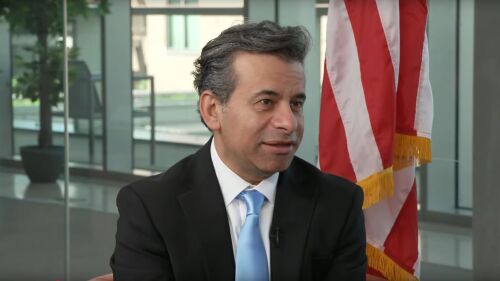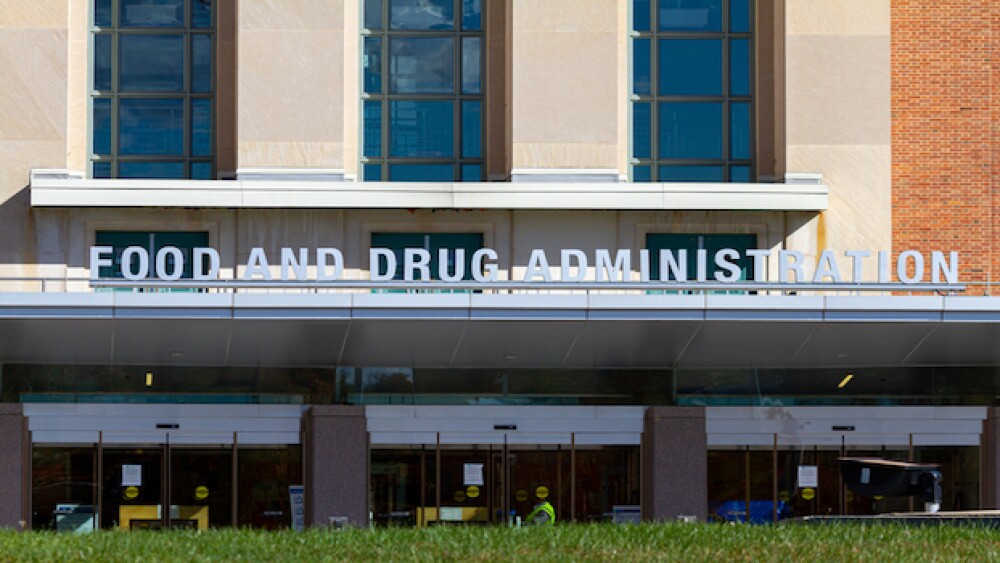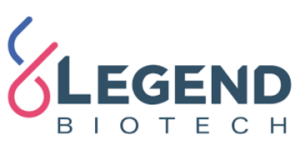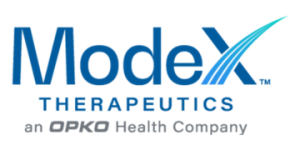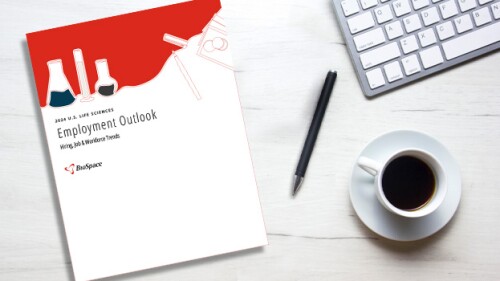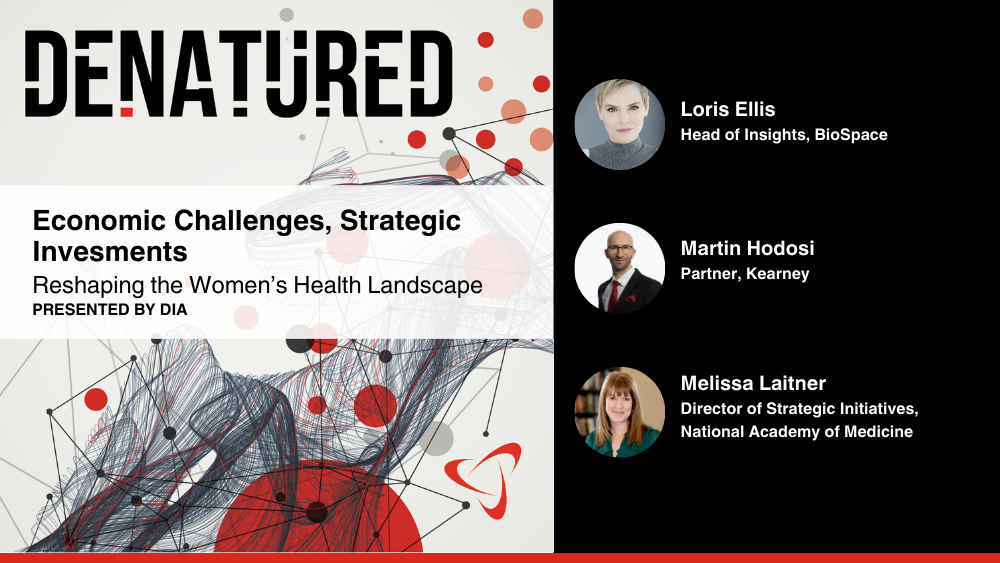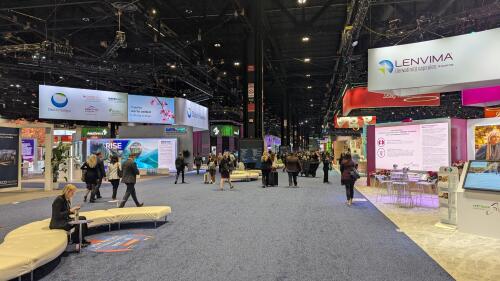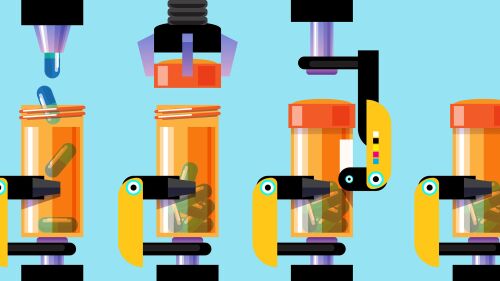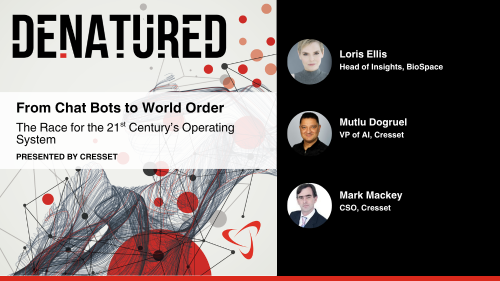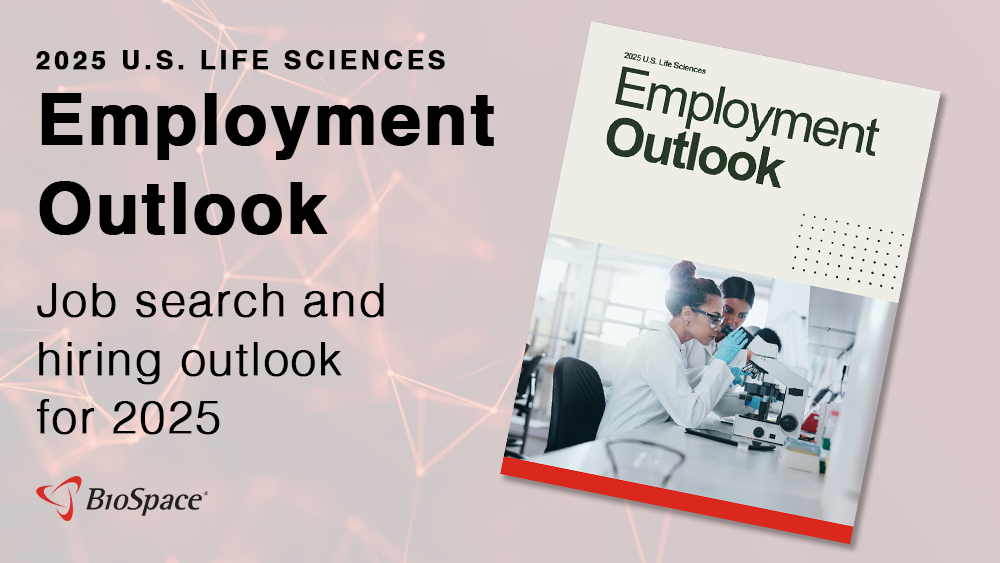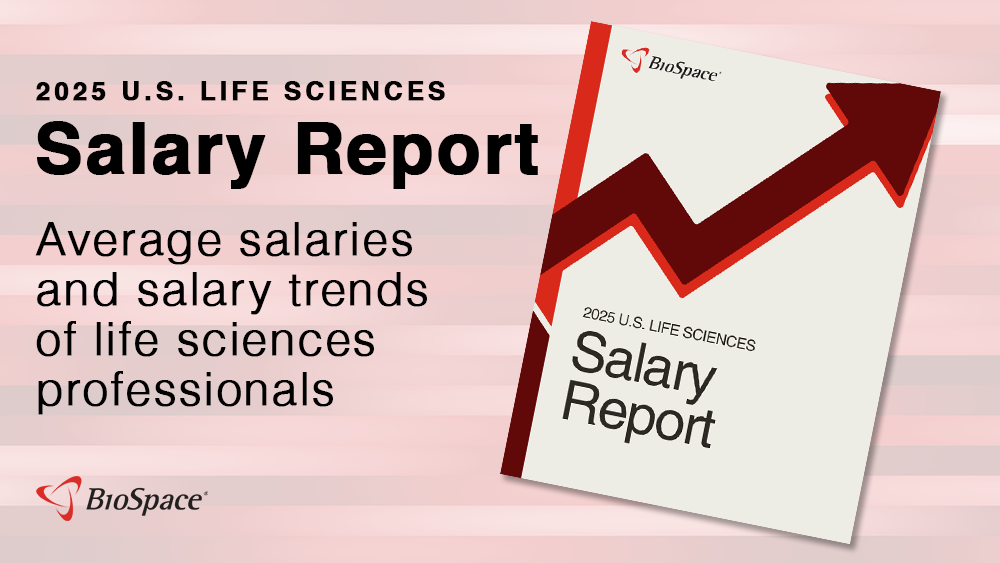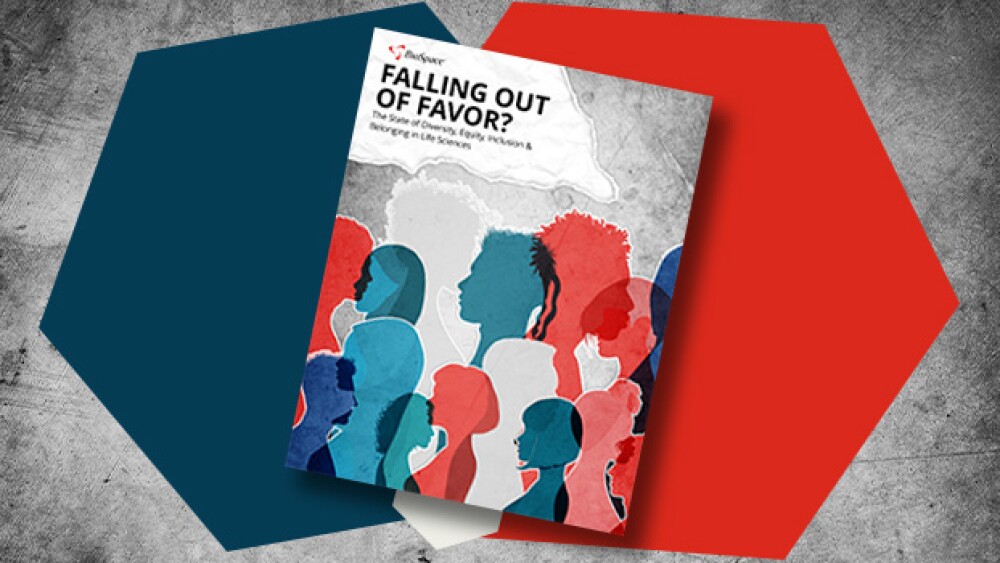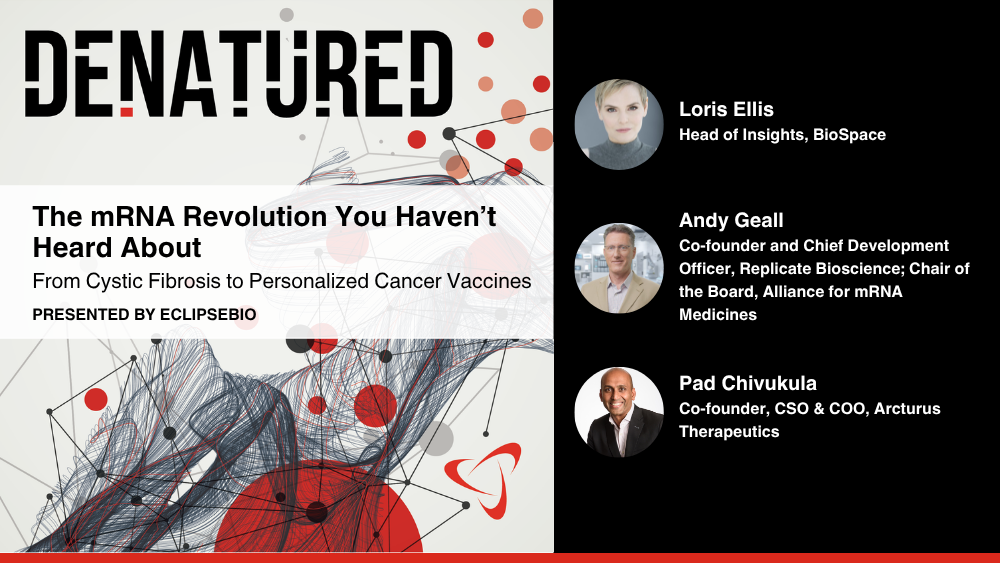The CRO market in the APAC region is thriving, particularly in China, due to intense clinical trial and innovation development, with Western investors and pharma leaning in.
A spokesperson for the FDA said the agency is “considering a wide range of options to support American innovation.”
Lundbeck had tried to scoop the narcolepsy drug maker out from under Alkeremes with $2.4 billion, but Avadel has elected to go with its original suitor.
Merck has made a $9.2 billion play for Cidara, and there’s another bidding war afoot, this one for sleep biotech Avadel. Meanwhile, Rick Pazdur has taken the helm at CDER while tensions run high between FDA Commissioner Marty Makary and Health Secretary RFK Jr.
The FDA approval of the siRNA drug Redemplo caps off a tumultuous 12 months for Arrowhead, whose partnership with Sarepta caused its own stock to drop during the gene therapy maker’s safety troubles this summer.
Winrevair yielded significant and meaningful clinical benefits for patients with combined post- and precapillary pulmonary hypertension, an indication that, according to BMO Capital Markets, has few treatment options.
FEATURED STORIES
As AAV9 and CRISPR programs navigate safety, delivery and scalability hurdles, small molecules offer a deployable, scalable bridge, complementing genetic approaches and accelerating meaningful impact for patients with Duchenne muscular dystrophy.
It can cure deadly diseases, save long-term healthcare costs and transform lives. But the U.S. insurance system still isn’t ready to pay for it.
Blank check deals dwindled after a crazy 2021. Now, biotechs are starting to turn to special purpose acquisition companies again as an easy route to the public markets.
Some of the biggest SPACs from the industry’s pandemic-fueled heyday are no longer on the market.
After spinning out of BridgeBio in May 2024, BBOT had an eye on another round of fundraising in 2025. A SPAC quickly emerged as the best option.
Aside from the rare disease market, Novo Nordisk also scored a key regulatory win last month for its blockbuster GLP-1 drug Wegovy, which can now be used to treat patients with metabolic dysfunction-associated steatohepatitis.
FROM BIOSPACE INSIGHTS
As with any new year, 2024 presents new possibilities; though new and existing challenges are also poised to shape its trajectory. BioSpace reflects on the recent JP Morgan Healthcare Conference and future outlook with key opinion leaders who share their thoughts on the economic climate.
LATEST PODCASTS
In this episode presented by DIA, BioSpace’s head of insights Lori Ellis discusses how collaboration and investment shape the the future of women’s health with Martin Hodosi, partner at Kearney and Melissa Laitner, director of strategic initiatives at the National Academy of Medicine.
FDA Commissioner Marty Makary talks about his plans to revamp drug development and reduce ‘conflicts of interest’ between the agency and pharma industry; Roche and Regeneron jump on the U.S. manufacturing train as Trump’s tariffs loom; and Eli Lilly scores a big win for orforglipron while Novo Nordisk reveals it has applied for FDA approval of its oral semaglutide.
Donald Trump takes biopharma on a tariff-themed rollercoaster ride; J&J kicks off the Q1 earnings season; experts express concern about the FDA’s future; Pfizer’s obesity setback could be Viking’s gain; and BioSpace reveals the highest paid pharma CEOs.
Job Trends
Merck and Orion Corporation (“Orion”) today announced that notice has been provided of the mutual exercise of an option to convert the companies’ ongoing co-development and co-commercialization agreement for opevesostat (MK-5684/ODM-208), an investigational CYP11A1 inhibitor, and other candidates targeting CYP11A1 into an exclusive global license for Merck.
Subscribe to GenePool
Subscribe to BioSpace’s flagship publication including top headlines, special editions and life sciences’ most important breaking news
SPECIAL EDITIONS
In this deep dive, BioSpace investigates China’s rise as a biotech powerhouse.
In this deep dive, BioSpace explores the next big thing in obesity.
BioSpace did a deep dive into biopharma female executives who navigated difficult markets to lead their companies to high-value exits.
DEALS
-
Looking at licensing deals struck in the past 10 years, Jefferies found that many Big Pharmas do not ultimately follow through with M&A after earning a right of first negotiation. Sanofi, on the other hand, almost always does, as it did with Vigil recently.
-
Jefferies has predicted more small tuck-in deals to come, as biotechs struggle to access capital despite key clinical milestones on the horizon.
-
A new report from Pitchbook suggests we’re in for a period of more sustainable investing, with VC firms continuing to create and invest in companies, just more carefully.
-
The cancer conference overwhelms the senses and shows off the might of the pharmaceutical industry.
-
Blueprint has a next-generation systemic mastocytosis treatment, called elenestinib, that Sanofi CEO Paul Hudson told analysts provides an “opportunity to grow through the ‘30s.”
WEIGHT LOSS
-
New data and analyses presented at the American Diabetes Association’s annual meeting highlight the priorities for the next generation of weight loss medicines: muscle preservation, limited side effects and novel targets.
-
H2 2025 catalysts to watch, biopharma implications of President Trump’s tax law, KalVista’s new hereditary angioedema drug that Marty Makary reportedly tried to reject, another lawsuit aimed at Health Secretary Robert F. Kennedy Jr. and a plea from patients with ALS for access to BrainStorm’s NurOwn.
-
Analysts said the deal with Novo was likely giving Hims “‘credibility’ or increased consumer traffic,” adding that the “litigation risk is back on the table” now that the Danish pharma has stepped away.
-
After a season of regulatory upheaval, obesity and rare genetic diseases will likely remain major themes for biopharma in 2025, according to Jefferies.
-
With PN-477, Protagonist is directly going up against Eli Lilly, which is advancing retatrutide, also a triple-G agonist, in a Phase II trial.
POLICY
-
After exiting the FDA less than two weeks ago for unclear reasons, Vinay Prasad is once again director of the Center for Biologics Evaluation and Research, HHS confirmed to several outlets Saturday.
-
Under PreCheck, the FDA will communicate more frequently with pharmaceutical companies, helping them as they establish or expand manufacturing sites in the U.S.
-
In this episode presented by Cresset, BioSpace’s head of insights Lori Ellis discusses the emerging geopolitical battle for AI supremacy and global AI governance with Mutlu Dogruel, VP of AI and Mark Mackey, CSO of Cresset.
-
President Donald Trump plans to start with a “small tariff” on pharmaceutical imports before ramping duties up to 250% within a year and a half.
-
The Department of Health and Human Services is terminating around $500 million in BARDA contracts associated with mRNA vaccine development, a move that will affect several pharma companies, including Moderna, Pfizer, Sanofi and AstraZeneca.
Companies are relying on artificial intelligence–powered applicant tracking systems to keep up the evolving recruitment demands. Here is how.
Artificial intelligence and a flood of data in the pharmaceutical industry will likely change some of the current functions of its data scientists, experts say, but the ability to learn and adapt to new technologies will remain key in this role.
Plus, tips for finding biophama job opportunities, and when and how to follow up after a job interview.
Academic and industry jobs are distinguished by their approaches to collaboration and exploratory research, among other factors.
Here are the top companies on BioSpace with internship opportunities for graduate students.
A minority of companies in the industry use personality tests in hiring. Here’s why—and how to approach the assessments.
HOTBEDS
REPORTS
In this Employment Outlook report, BioSpace explores current workforce sentiment, job activity trends and the prospective job and hiring outlook for 2025, particularly as it compares to the previous year.
BioSpace’s third report on diversity, equity, inclusion and belonging in life sciences examines dramatic shifts in attitude around diversity initiatives.
CANCER
-
In this episode presented by Eclipsebio, BioSpace’s head of insights Lori Ellis discusses mRNA and srRNA with Andy Geall of Replicate Bioscience and Alliance for mRNA Medicines, and Pad Chivukula of Arcturus Therapeutics.
-
The deal, which involves a $700 million upfront payment, gives AbbVie access to ISB 2001, a clinical-stage first-in-class trispecific antibody currently being tested for certain kinds of multiple myeloma as well as autoimmune indications.
-
The deal marks an end for CAR T company Cargo Therapeutics, which has been slashing its workforce and cutting programs since the January decision to halt its lead candidate for a certain type of aggressive large B cell lymphoma.
-
TIGIT-targeting therapies have largely disappointed in recent months, with failed studies, terminated partnerships and shuttered businesses. Here are five biopharma players staying alive with differentiated candidates against the once promising immuno-oncology target.
-
While it trails Johnson & Johnson’s Tecvayli, Regeneron still hopes Lynozyfic can differentiate in terms of dosing convenience and efficacy.
NEUROSCIENCE
-
Johnson & Johnson’s $23.7 billion in second-quarter earnings, driven by cancer and neuroscience drugs, exceeded analyst expectations, while CEO Joaquin Duato set a target of $50 billion in oncology sales by 2030.
-
Around 3,500 FDA employees received termination emails; FDA Commissioner Marty Makary suggests lowering industry user fees and tying review times to drug prices; the regulator opens its trove of complete response letters in the name of transparency; and two companies receive rejections for rare disease therapies.
-
More than thirty years since its 1993 founding, Catherine Owen Adams and Elizabeth Thompson—the R&D combo that has led Acadia since last year—are managing two products on the market and a pipeline estimated to be worth an additional $12 billion in sales.
-
Takeda’s oveporexton improved wakefulness, attention and other key narcolepsy endpoints “with a high degree of statistical significance,” according to Jefferies analysts.
-
The development saga for the depression molecule has been rocky for years, unable to ease symptoms in multiple late-stage trials.
CELL AND GENE THERAPY
-
The pending deal was rumored overnight after a report from the Financial Times, spurring analysts to speculate that if true, the entire gene editing space would see a boost at the markets.
-
Analysts at Truist Securities called J&J’s CAR T readout “compelling,” noting that the efficacy figures could position the cell therapy as a formidable competitor to the current standard of care, Gilead’s Yescarta.
-
Sarepta’s shares crashed 41% in premarket trading Monday morning to $21.01 after the biotech reported a second death from acute liver failure, a known side effect of adeno-associated virus-based gene therapies.
-
The company’s intein-based technology is initially aimed at Stargardt disease, a type of macular degeneration.
-
The layoffs will heavily affect Vertex’s operations in Rhode Island, where the biotech will consolidate three facilities into one.





